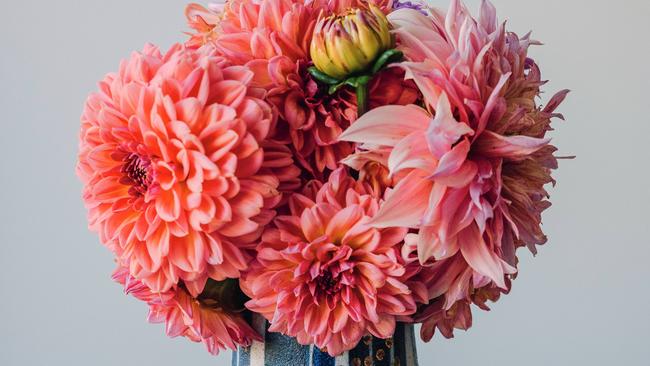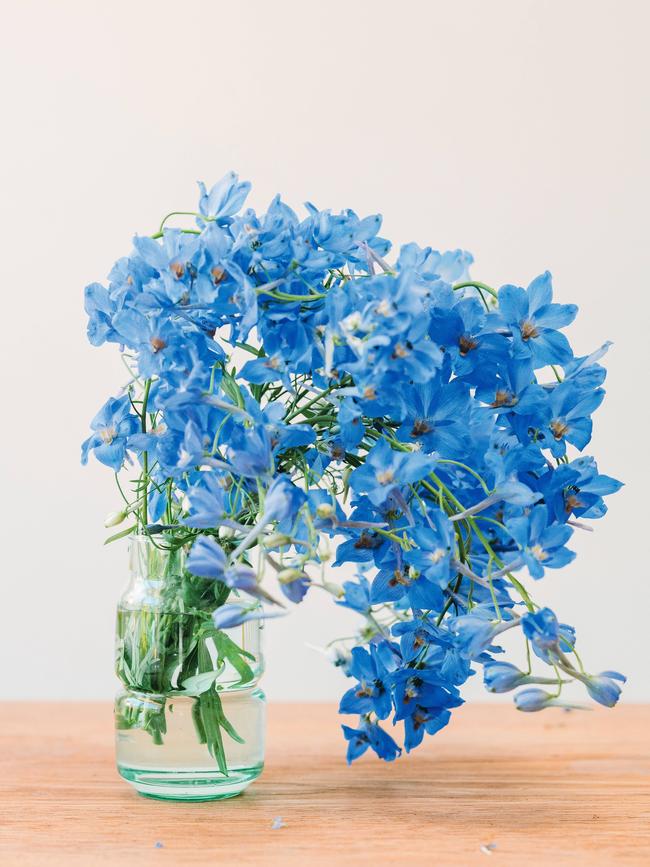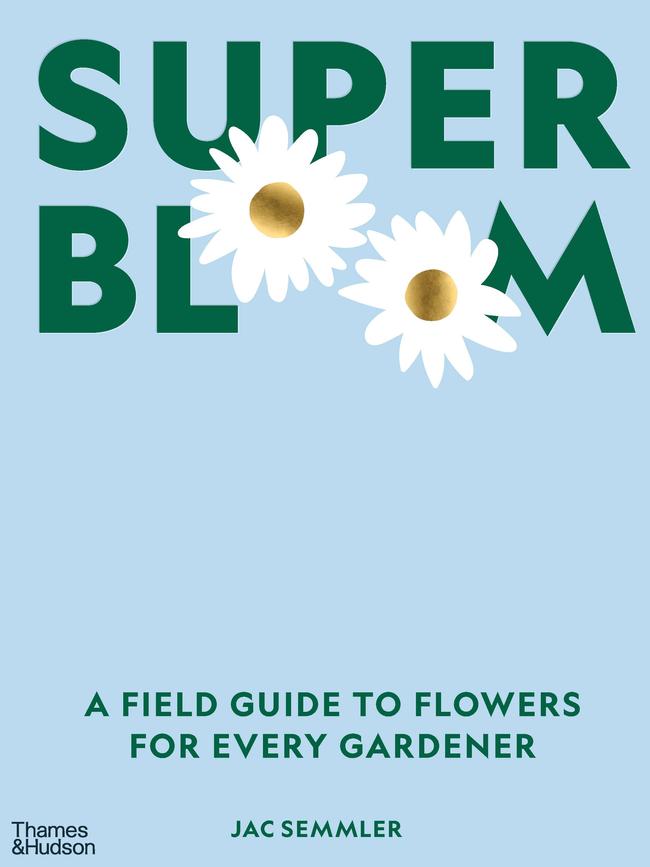The positive effect of flowers on wellbeing and stress levels
Horticulturalist Jac Semmler’s new book Super Bloom is “a love letter to flowers” – and it’s a whopper, weighing in at 2.8kg.

Flowers make you happy – we know this intuitively but it’s also proven in research studies. Flowers have strong positive effects on our wellbeing, improving our moods and decreasing stress levels.
The beauty of flowers is dear to the heart of plant specialist Jac Semmler, whose aim is to get all of us growing flowers, as much as we can. The self-described maximalist – maximum plants, maximum beauty – says plants and the outdoors have always been a way of life for her. “My heart lives in my garden,” she says. “Plants have become an all-encompassing part of my intellect, life and work. Happiness for me is when every corner of the garden is packed with plants and I am surrounded by foliage and flowers.”
The Victorian-based horticulturist and educator has put her knowledge and passion into a book that she describes as “a love letter to flowers”. Super Bloom (Thames and Hudson, $90) is her take on a flower and gardening encyclopaedia, covering 75 plant profiles, each chosen for their beautiful flowers. It is a big love letter, more than 500 pages and weighing 2.8kg.

“It’s great value by the kilo,” she jokes. As well as growing notes on each flowering plant, there are tips on where to source your plants and seeds. Fundamentals such as soil, plant biology and propagation are covered in an approachable way. The lists of planting partners for each flower are useful to plan what you grow, whether by height or flowering succession, and of course there are lots of gorgeous photos for inspiration and to demonstrate techniques.
Semmler writes that a “super bloom” is a natural phenomenon in which plants flower in such profusion that they transform the landscape, bathing it in colour. She argues that every individual flower has a “super” quality, holding layers of beauty within them. “There is the wonder of the bloom but also beauty in the bud, the foliage, the fading flower and in the structural seed head, down to the unique detail of the seed. Flowers are evocative, drawing up fond memories … they call for our attention and presence to enjoy beauty in a hectic world.”

We can all grow flowers, Semmler believes. “We have an innate appetite for the wonder in nature, for holding flowers in our hands and tending plants,” she says. “People worry that they aren’t good gardeners or that there are rules to follow, but you should just have a go, just start and see where it takes you. You won’t always get it right, you will kill plants – I do – but it will be all right.” She insists there is no right way to garden, and her book is a call to garden in any way that gives you pleasure.
“It’s about seeking beauty in small moments,” Semmler says. “There’s a moment of connection that we have when we’re caring for a plant, whether it’s one pot on a windowsill or a whole backyard.”
Q&A
Of my three Gymea lilies, growing together for 10 years in full sun, only one has flowered – four times. Why haven’t the other two flowered? David Laing, Sydney
Plants can be frustratingly inconsistent. Gymea lilies can take from five to 20 years to flower from seed. In the wild, bushfires trigger synchronised flowering. Doryanthes expert and native flower grower Jeremy Smith uses a blowtorch but suggests home gardeners wedge a small stone in the crown of the plant, without damaging the growing point, to trigger flowering the following season. Gymea lilies respond well to fertiliser.
My yuzu citrus tree in a pot looked dead but recently a shoot sprouted from the trunk. How can I nurture it? Paula Yeo, by email
From your photo I can see the shoot is coming from below the graft. This means it is the rootstock onto which the yuzu was grafted and not the plant you want. The trifoliate leaves on the shoot are a giveaway for this too. Dispose of this – it’s a thorny tree with undesirable fruit – and buy yourself a new yuzu. Keep it well watered and fertilised.

My potted Anthurium andraeanum, against a fence facing southwest, has dwindled over four years, despite repotting two years ago. Its leaves are still turning yellow and dropping off. Soo-Huat Choo, Brisbane
Flamingo flowers are usually indoor plants, needing bright but indirect light. They can grow outdoors if in the tropics and sheltered from direct sun. Without high humidity they lose the sheen on their leaves. They resent being in a pot that’s too big and do best in an open, light, free-draining potting mix.
Send your questions to: helenyoungtwig@gmail. com or Helen Young, PO Box 3098, Willoughby North, NSW 2068. The best question for March wins a 100 per cent virgin cotton hammock plus universal frame, worth $224 from Two Trees Hammocks.


To join the conversation, please log in. Don't have an account? Register
Join the conversation, you are commenting as Logout